Hypoallergenic Mattress Protectors: The Complete Buyer's Guide
Table Of Contents
- Understanding Hypoallergenic Mattress Protectors
- Benefits of Hypoallergenic Mattress Protectors
- Key Features to Consider
- Types of Hypoallergenic Materials
- Waterproof vs. Water-Resistant Options
- Choosing the Right Fit
- Maintaining Your Mattress Protector
- Best Options for Singapore's Climate
- Cost Considerations and Value
- Frequently Asked Questions
If you're one of the millions who suffer from allergies, asthma, or sensitive skin, your bedroom environment plays a crucial role in your overall health and comfort. While much attention is paid to selecting the perfect mattress and bed frame, one essential element often overlooked is the mattress protector – particularly hypoallergenic varieties that can significantly improve your sleep quality.
In Singapore's humid climate, mattresses can quickly become breeding grounds for dust mites, mold, and bacteria – common allergens that trigger respiratory issues and skin irritations. A high-quality hypoallergenic mattress protector creates a barrier against these allergens while extending the life of your mattress investment.
This comprehensive buyer's guide will walk you through everything you need to know about selecting the perfect hypoallergenic mattress protector. From material options and construction features to maintenance tips and price considerations, we've compiled expert insights to help you make an informed decision for healthier, more comfortable sleep.
Understanding Hypoallergenic Mattress Protectors
Hypoallergenic mattress protectors are specially designed coverings that encase your mattress to create a barrier against common allergens. Unlike standard mattress protectors that primarily guard against spills and stains, hypoallergenic varieties are constructed with materials and features specifically intended to minimize exposure to allergy triggers.
The term "hypoallergenic" indicates that the product is made with materials less likely to cause allergic reactions. These protectors typically feature tightly woven fabrics with microscopic pore sizes that prevent dust mites, bed bugs, and other microscopic allergens from penetrating through to your mattress or from escaping outward where they can affect sleepers.
Most quality hypoallergenic mattress protectors also incorporate antimicrobial treatments that inhibit the growth of bacteria, mold, and mildew – particularly important in Singapore's humid tropical climate where these microorganisms can thrive. This dual approach of physical barrier protection and antimicrobial properties makes these protectors especially effective for allergy sufferers.
Benefits of Hypoallergenic Mattress Protectors
Investing in a hypoallergenic mattress protector offers numerous advantages beyond basic mattress protection. Understanding these benefits can help you appreciate the value of this bedroom essential:
Allergen Barrier: The primary benefit is creating an effective shield against dust mites, pet dander, pollen, and other microscopic allergens that naturally accumulate in mattresses over time. For allergy sufferers, this barrier can significantly reduce nighttime symptoms like sneezing, congestion, and itchy eyes.
Mattress Longevity: By preventing the accumulation of dead skin cells, sweat, and oils that typically seep into mattresses, hypoallergenic protectors help extend the life of your mattress investment, often by several years.
Improved Sleep Quality: When allergic reactions are minimized, sleep quality naturally improves. Users often report fewer night disturbances, less morning congestion, and more refreshing sleep after adding a hypoallergenic protector to their beds.
Moisture Protection: Many hypoallergenic protectors also incorporate waterproof or water-resistant properties, guarding against spills, sweat, and accidents that can lead to mold and mildew growth within the mattress.
Easier Cleaning: Mattresses themselves are difficult to clean thoroughly, but most hypoallergenic protectors are machine washable, allowing you to regularly eliminate accumulated allergens with minimal effort.
Key Features to Consider
When shopping for a hypoallergenic mattress protector, several important features will determine its effectiveness and comfort:
Pore Size
The most effective hypoallergenic protectors have a microscopic pore size of 10 microns or less – small enough to block dust mites (which typically range from 100-300 microns) and their waste products. Products meeting this standard will often advertise as having a "microporous" membrane or barrier.
Encasement vs. Fitted Style
Mattress protectors come in two primary designs: complete encasements that zip around the entire mattress, and fitted styles that cover only the top and sides like a fitted sheet. For maximum allergen protection, full encasements are superior as they completely seal the mattress from all sides, preventing allergens from escaping or entering. However, fitted styles are easier to remove for washing and may be sufficient for those with milder allergies.
Noise Level
Some waterproof protectors, particularly those using vinyl or certain synthetic materials, can produce a crinkling or rustling sound when you move. Look for products that specifically mention "noise-free" or "silent" protection, often achieved through multi-layer construction that incorporates softer fabrics.
Breathability
In Singapore's warm climate, breathability is essential. Non-breathable protectors can trap heat and moisture, creating uncomfortable sleeping conditions and potentially promoting bacterial growth. Quality hypoallergenic protectors balance protective barriers with adequate air circulation to maintain comfortable sleeping temperatures.
Certifications
Look for products with recognized certifications that verify their hypoallergenic claims. Common certifications include OEKO-TEX Standard 100 (ensuring the product is free from harmful substances) and certifications from asthma and allergy foundations that test products for allergen resistance.
Types of Hypoallergenic Materials
The material composition of your mattress protector significantly impacts both its allergen protection capabilities and comfort. Here are the most common hypoallergenic options:
Cotton
Natural, organic cotton protectors offer excellent breathability and comfort. While not inherently allergen-proof, tightly woven cotton (especially with thread counts above 300) can create an effective barrier. Cotton is also naturally resistant to dust mites when properly maintained. For enhanced protection, look for cotton protectors with additional treatments or barrier layers.
Microfiber
Synthetic microfiber protectors feature extremely fine threads that create very tight weaves, effectively blocking allergens while remaining soft and comfortable. These are typically more affordable than natural options and are highly durable, though they may not be as breathable as cotton in Singapore's climate.
Tencel/Lyocell
Made from sustainably harvested wood cellulose, Tencel (also known as Lyocell) offers natural moisture management and temperature regulation properties. It's inherently resistant to bacterial growth and dust mites, making it an excellent hypoallergenic choice, particularly for Singapore's humid environment.
Polyurethane Membranes
Many premium hypoallergenic protectors incorporate thin polyurethane membranes that create an impenetrable barrier against liquids and allergens while remaining breathable. These are often combined with softer top fabrics like cotton or Tencel for comfort.
Waterproof vs. Water-Resistant Options
When selecting a hypoallergenic mattress protector, you'll encounter both waterproof and water-resistant options, each with distinct advantages:
Waterproof Protectors offer complete protection against liquid penetration, making them ideal for children's beds, those with incontinence concerns, or anyone wanting maximum protection for their mattress investment. Modern waterproof technologies have evolved significantly, with many options utilizing polyurethane or TPU (thermoplastic polyurethane) membranes that block liquids while remaining breathable.
Water-Resistant Protectors provide moderate protection against minor spills and moisture but may allow liquids to penetrate during major accidents or with prolonged exposure. These typically offer greater breathability and often feel more natural against the skin, making them popular choices for adults with minimal spill concerns who prioritize comfort.
For maximum allergen protection, waterproof options are generally superior as they prevent not only liquid penetration but also block the moisture that can lead to mold, mildew, and dust mite proliferation. However, quality matters significantly – premium waterproof protectors now offer excellent breathability that minimizes heat retention.
Choosing the Right Fit
A properly fitting mattress protector is essential for effective allergen blocking and comfort. Consider these factors when selecting the right size and fit:
Mattress Depth
Modern mattresses come in various depths, from standard 9-inch models to luxury pillow-tops exceeding 18 inches. Measure your mattress depth and add 1-2 inches to ensure adequate coverage. Many quality protectors feature deep pockets or expandable sides to accommodate thicker mattresses.
Secure Fastening
Look for protectors with robust elastic bands that wrap completely around the mattress or, for encasement styles, sturdy zippers with reinforced seams. A protector that shifts during use creates gaps where allergens can enter.
Proper Sizing
Mattress protectors should correspond to standard mattress dimensions (Single, Super Single, Queen, King, etc.) in Singapore. A protector that's too small won't provide complete coverage, while one that's too large may bunch up, creating discomfort and potentially compromising the protective barrier.
For those with adjustable bed frames, consider specially designed protectors that accommodate the bending and flexing of these systems without compromising protection.
Maintaining Your Mattress Protector
Proper maintenance is crucial for preserving the hypoallergenic properties of your mattress protector. Follow these guidelines to ensure optimal protection:
Regular Washing: Most hypoallergenic protectors should be washed every 1-2 months under normal use, or more frequently for those with severe allergies or during high humidity periods. Always follow the manufacturer's specific washing instructions to avoid damaging protective membranes or treatments.
Appropriate Temperature: While hot water can help kill dust mites, excessively high temperatures may damage certain materials or waterproof membranes. Medium-hot water (around 60°C/140°F) is typically effective without causing damage, but again, check product specifications.
Gentle Detergents: Use mild, fragrance-free detergents to clean your protector. Harsh chemicals can break down protective treatments and may leave residues that cause skin irritation for sensitive individuals.
Thorough Drying: Ensure the protector is completely dry before replacing it on your mattress, as dampness can promote mold growth. Most can be tumble-dried on low heat, though some natural fibers may require air drying.
Avoiding Fabric Softeners: Skip fabric softeners and dryer sheets, which leave residues that can reduce breathability and compromise waterproof membranes.
Best Options for Singapore's Climate
Singapore's tropical climate presents unique challenges for bedding. The high humidity and warm temperatures create ideal conditions for dust mites, bacteria, and mold, while also affecting sleep comfort. For optimal protection in Singapore's environment, consider these specific features:
Enhanced Breathability: Look for protectors with natural fibers like cotton or Tencel that offer superior air circulation and moisture-wicking properties to prevent the trapped heat sensation common with less breathable materials.
Antimicrobial Treatments: In high-humidity environments, protectors with silver-infused fibers or plant-based antimicrobial treatments provide an extra defense against bacteria and mold growth that can thrive in Singapore's climate.
Moisture Management: Protectors with advanced moisture-wicking layers that draw sweat away from the body while maintaining waterproof protection are particularly valuable in Singapore's humid conditions.
Temperature Regulation: Some premium hypoallergenic protectors incorporate phase-change materials or cooling technologies that help maintain comfortable sleeping temperatures despite the ambient warmth.
For Singapore residents, investing in a high-quality hypoallergenic protector with these climate-specific features can significantly improve both allergy protection and sleep comfort throughout the year.
Cost Considerations and Value
Hypoallergenic mattress protectors range widely in price, typically from $30 to $200+ in Singapore, depending on size, materials, and features. Understanding what drives these price differences can help you make a value-based decision:
Entry-Level ($30-$60): Basic hypoallergenic protection, often using microfiber or polyester blends with water-resistant rather than waterproof properties. These may offer adequate protection for mild allergies but typically have shorter lifespans and less robust construction.
Mid-Range ($60-$120): Better quality materials with more effective allergen barriers, often incorporating waterproof membranes while maintaining reasonable breathability. These represent the best value for most consumers, balancing protection with durability.
Premium ($120+): High-end protectors featuring advanced technologies like temperature regulation, organic materials, or medical-grade allergen protection. These often come with longer warranties and may incorporate multiple protective layers for maximum effectiveness.
When assessing value, consider not just the initial cost but the protector's expected lifespan (typically 2-5 years with proper care), warranty coverage, and the potential savings from extended mattress life. A quality mattress protector can add years to your mattress lifespan, making even premium options cost-effective over time.
Frequently Asked Questions
Do hypoallergenic mattress protectors really work for allergy sufferers?
Yes, quality hypoallergenic mattress protectors have been clinically shown to reduce allergen exposure by creating effective barriers against dust mites, pet dander, and other common triggers. Studies indicate that encasing mattresses in allergen-proof covers can significantly reduce symptoms for many allergy and asthma sufferers.
Will a hypoallergenic mattress protector make me feel hot?
Not necessarily. While older or lower-quality waterproof protectors could trap heat, modern hypoallergenic protectors often incorporate breathable barriers and moisture-wicking fabrics specifically designed to maintain temperature neutrality. Look for options that explicitly mention cooling properties or breathability for Singapore's climate.
Can I use a mattress pad or topper with a hypoallergenic protector?
Yes, you can layer bedding as needed. The recommended arrangement from bottom to top is: mattress, hypoallergenic protector, mattress pad or topper (if desired), fitted sheet. This configuration ensures the mattress remains fully protected while allowing you to adjust comfort layers as preferred.
How often should I replace my hypoallergenic mattress protector?
With proper care, a quality hypoallergenic mattress protector should last 2-5 years. Signs that replacement is needed include visible deterioration of the fabric, diminished waterproofing effectiveness, or persistent allergy symptoms despite regular washing. Most manufacturers recommend replacement every 2 years for optimal protection.
Conclusion: Making Your Selection
Choosing the right hypoallergenic mattress protector represents an important investment in both your sleep quality and your mattress longevity. By understanding the key features, materials, and maintenance requirements discussed in this guide, you can select a protector that addresses your specific allergy concerns while enhancing your overall sleep experience.
For Singapore residents, the unique climate considerations make breathability and antimicrobial properties particularly important factors in your decision. Balancing these features with effective allergen blocking will yield the best results for both comfort and protection.
Remember that even the highest quality mattress protector requires proper maintenance to remain effective. Regular washing according to manufacturer instructions ensures your protector continues to provide the allergen defense you need for years to come.
With the right hypoallergenic mattress protector in place, you can breathe easier, sleep better, and extend the life of your mattress investment – a winning combination for both your health and your wallet.
Visit Loft Home today to explore our collection of premium bedroom furnishings, including high-quality mattresses and accessories designed for ultimate comfort and protection.


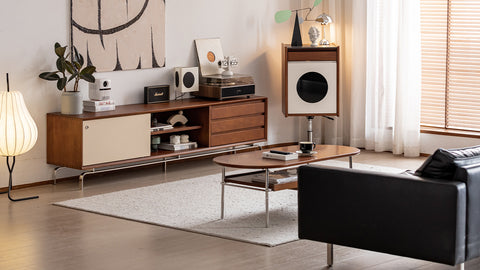
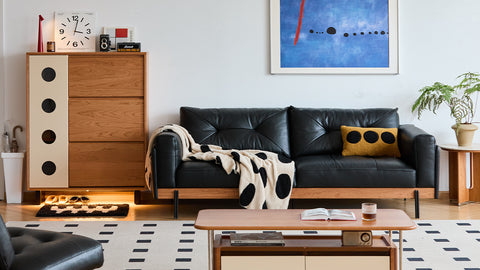
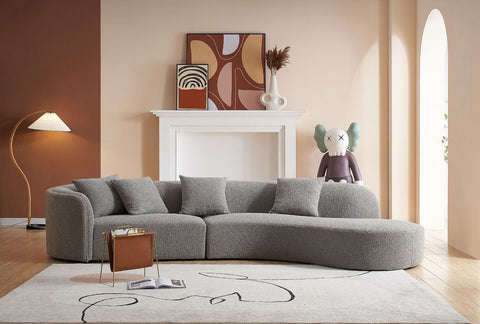
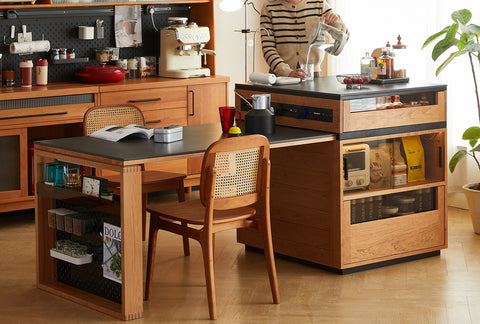
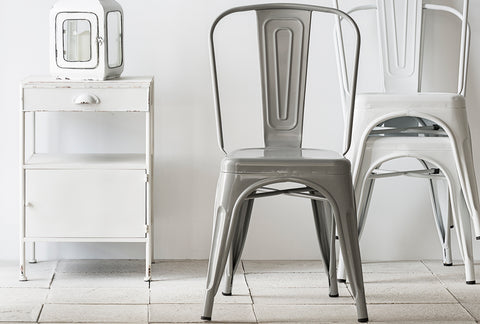
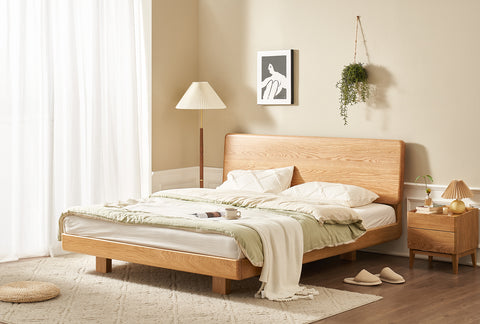
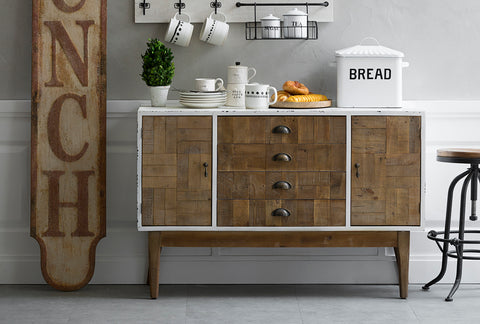




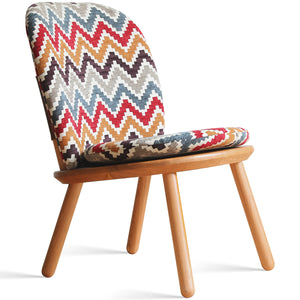
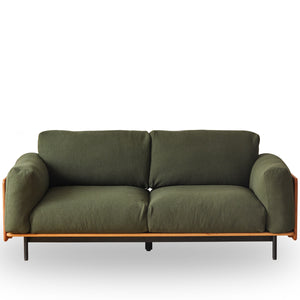

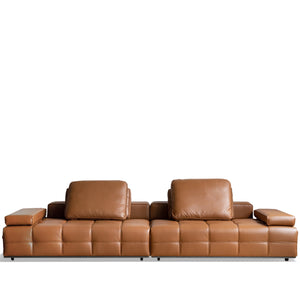
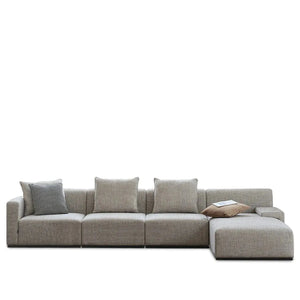
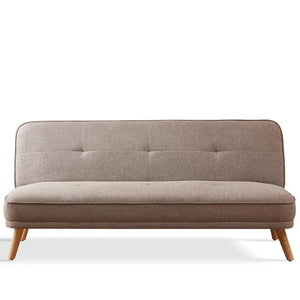
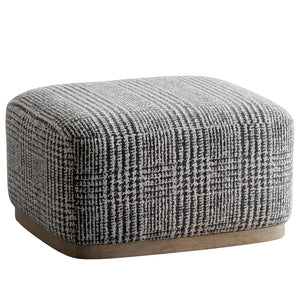

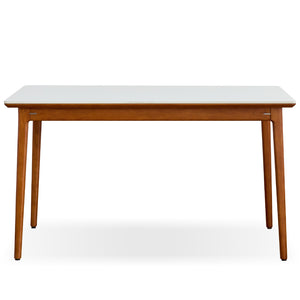

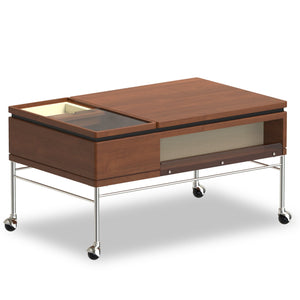
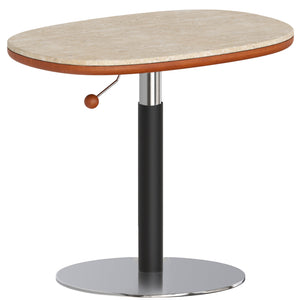
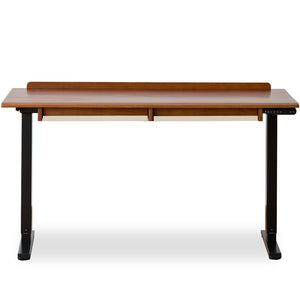


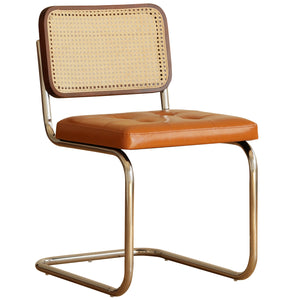
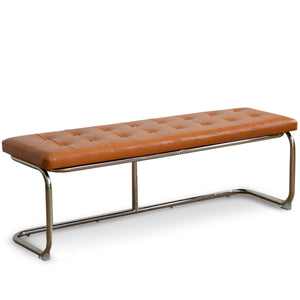
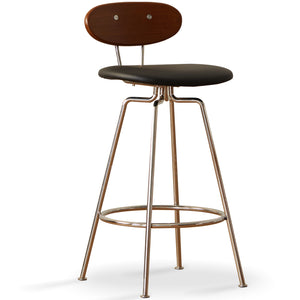
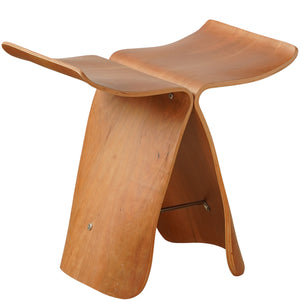
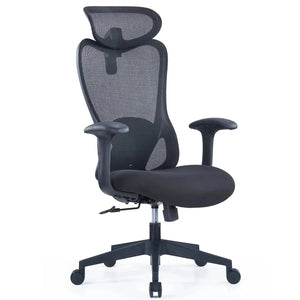
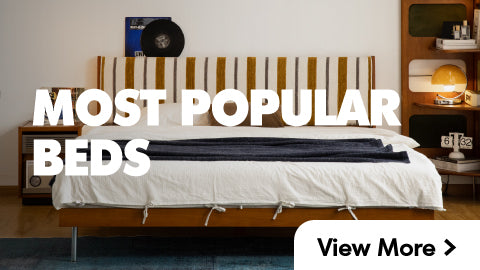
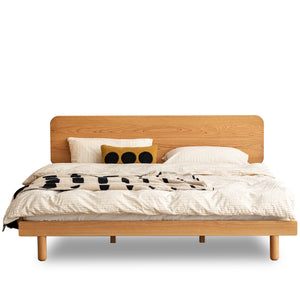
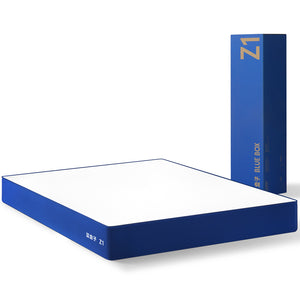

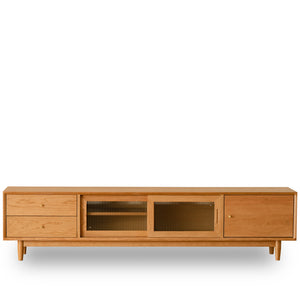
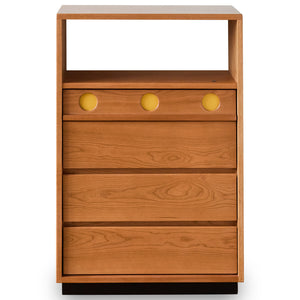
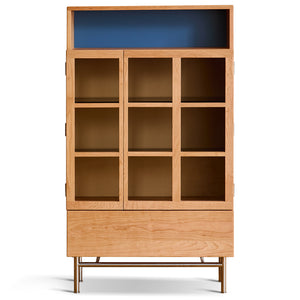

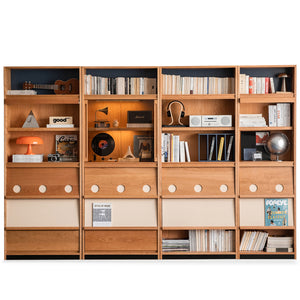


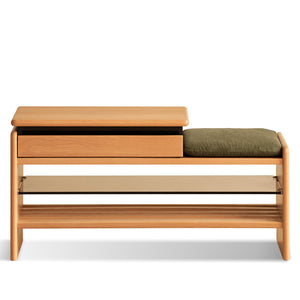
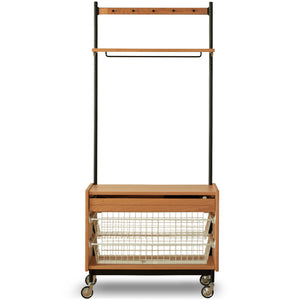
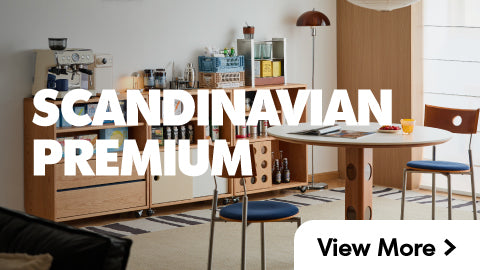





















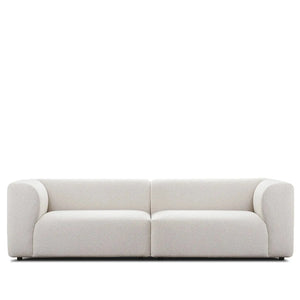





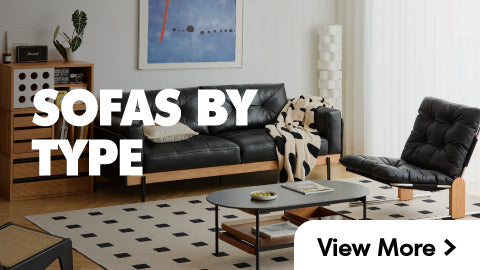
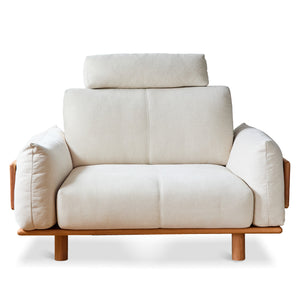
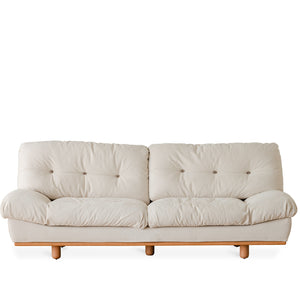
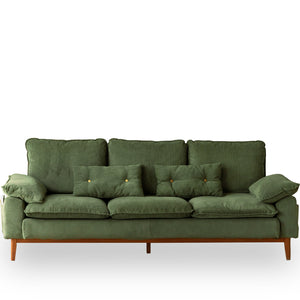
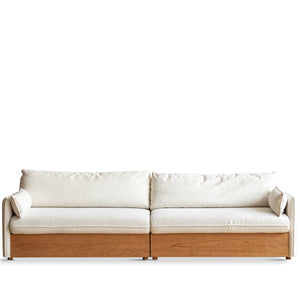
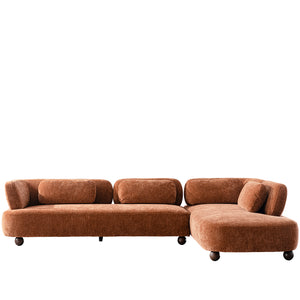
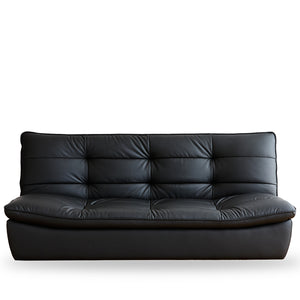

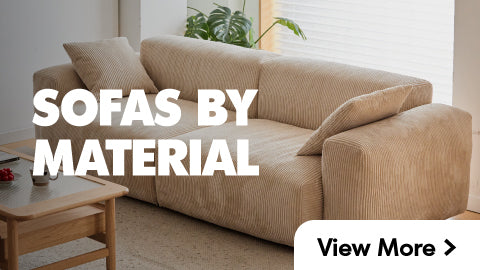
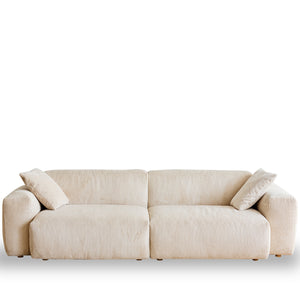

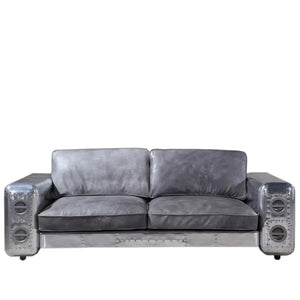
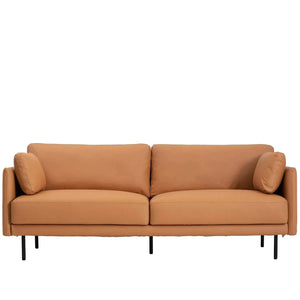
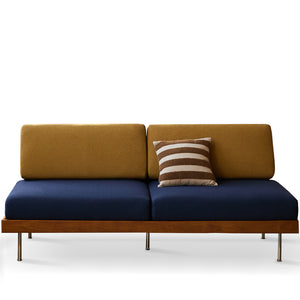

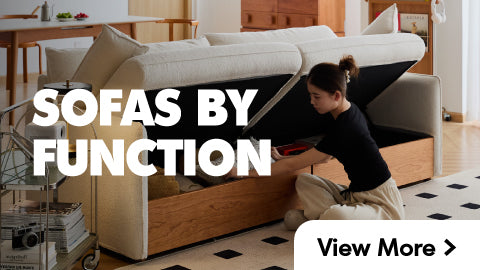

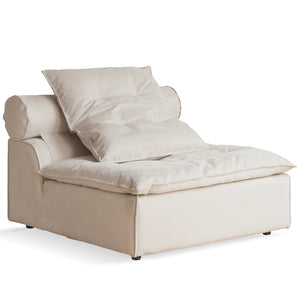
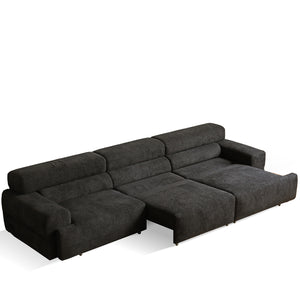
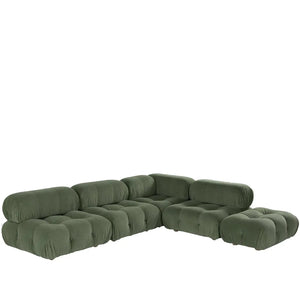
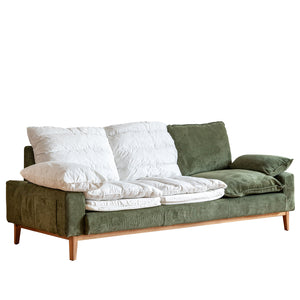
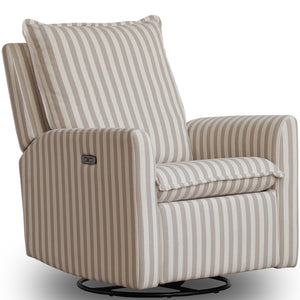
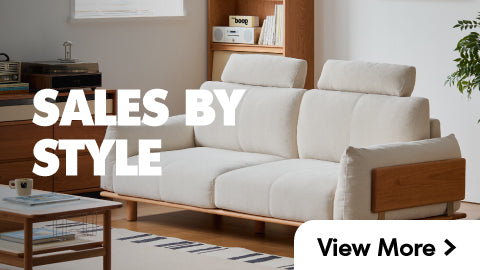
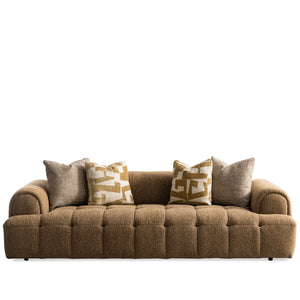
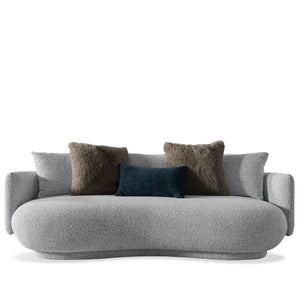

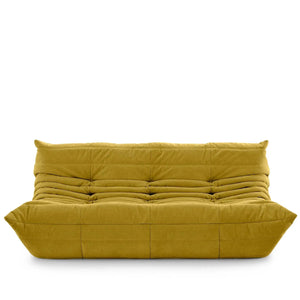
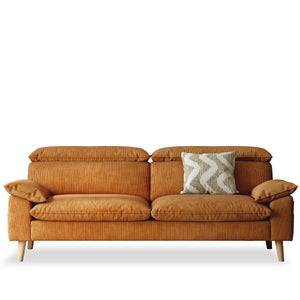
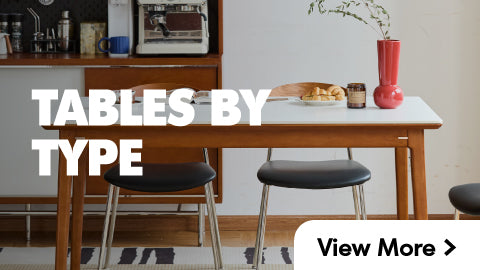

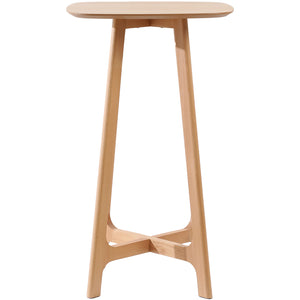
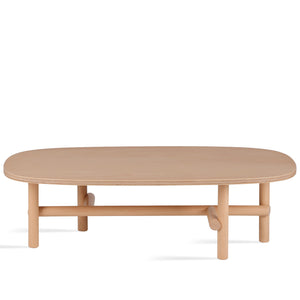
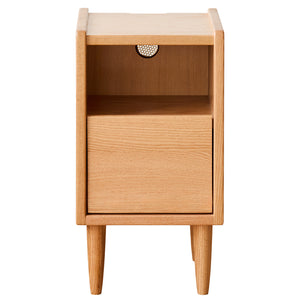
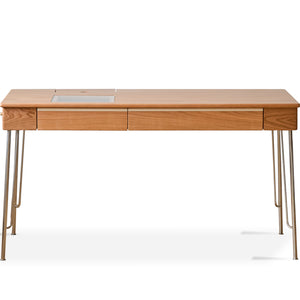
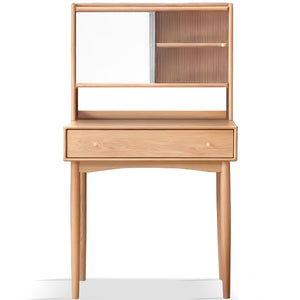


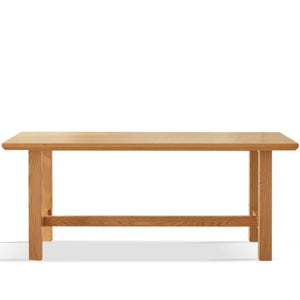
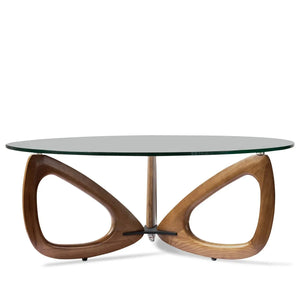

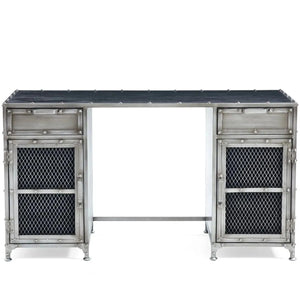
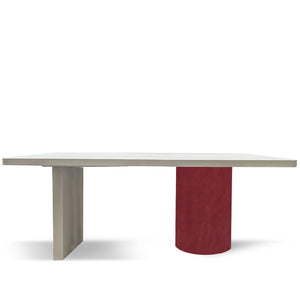

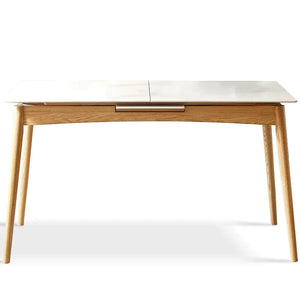
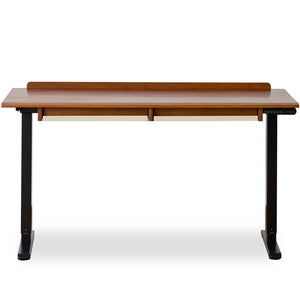
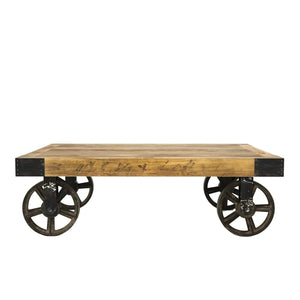
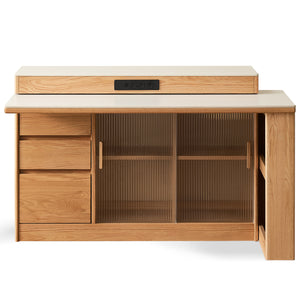
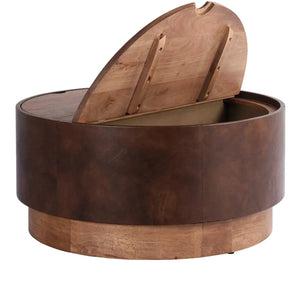
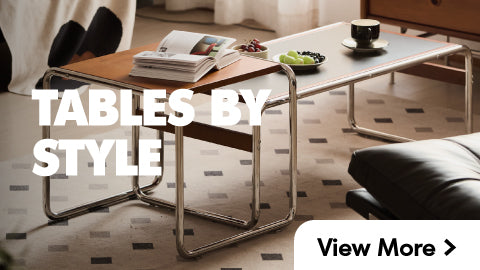
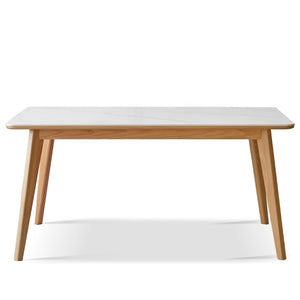
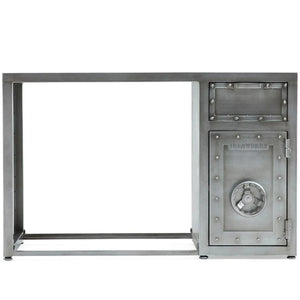
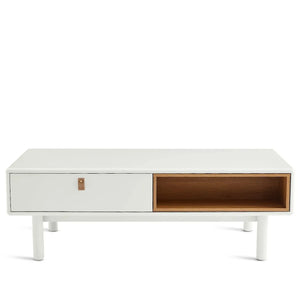
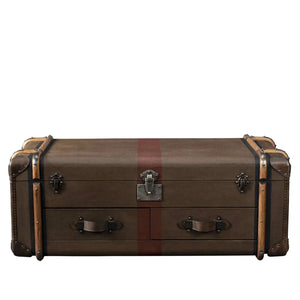
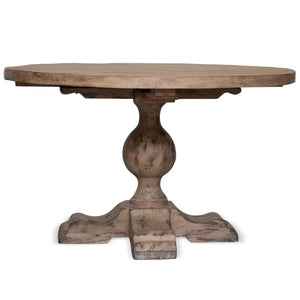

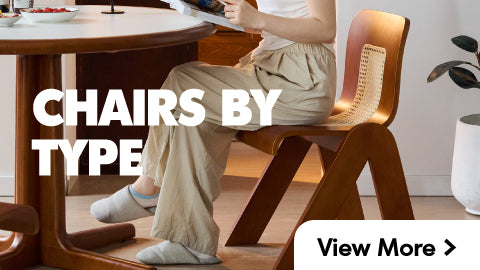
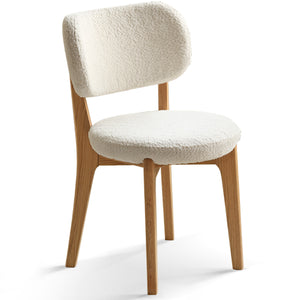
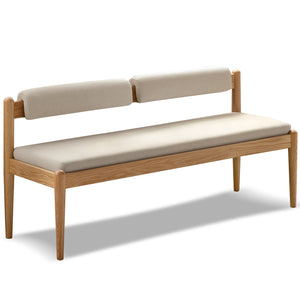
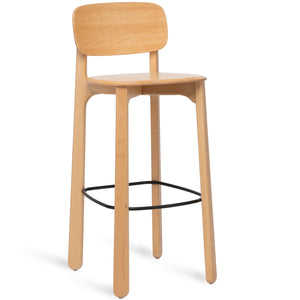
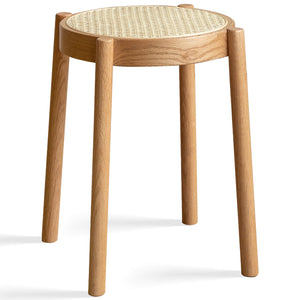
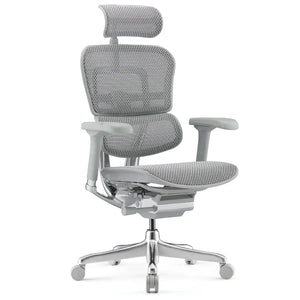
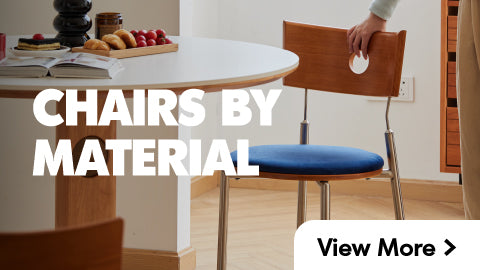
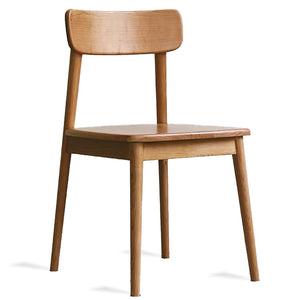
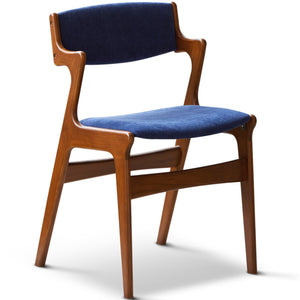

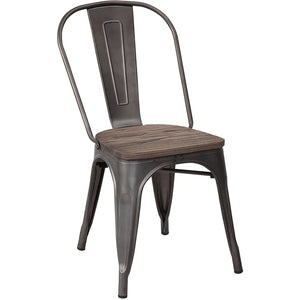
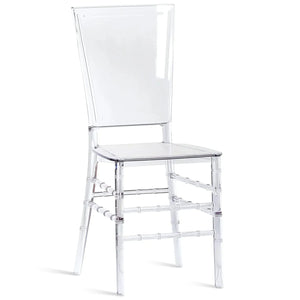
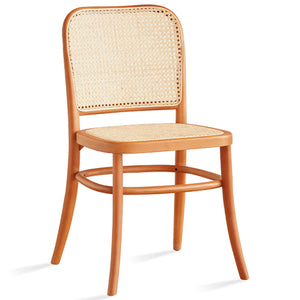
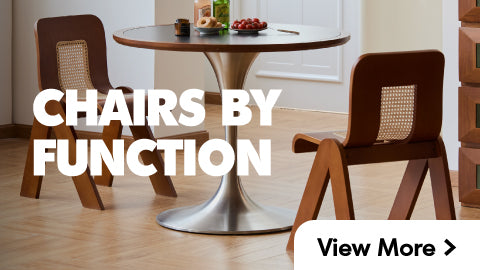


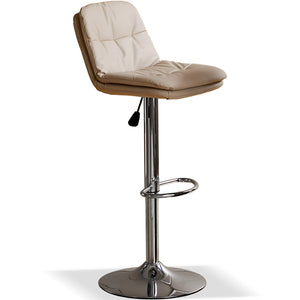

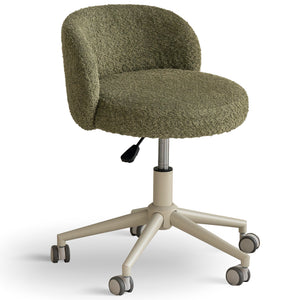
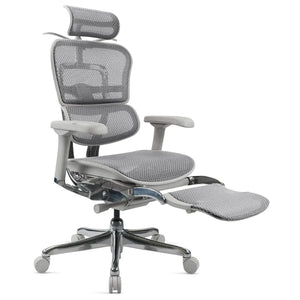
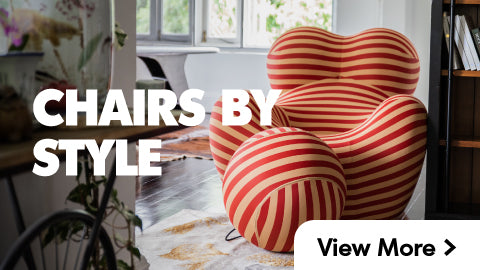
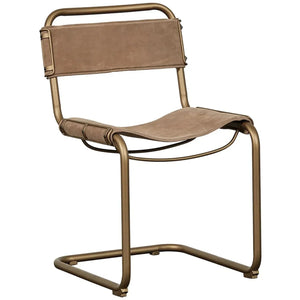
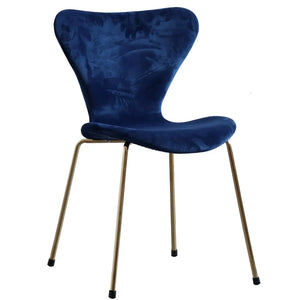
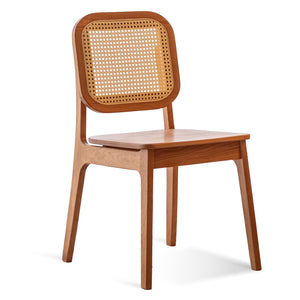
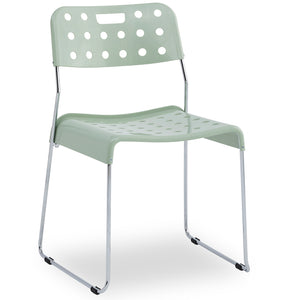
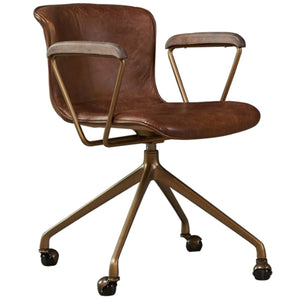

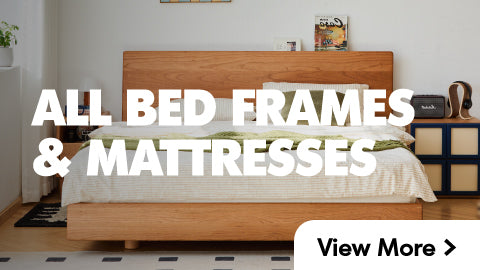
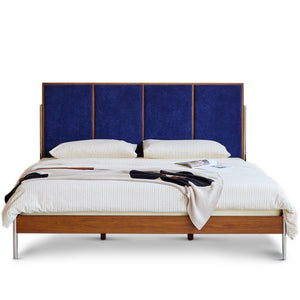
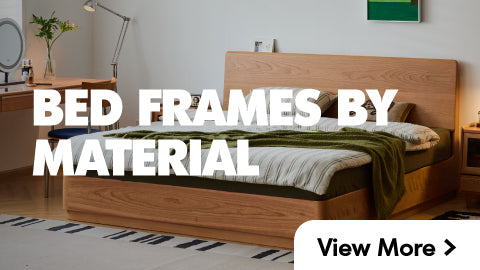
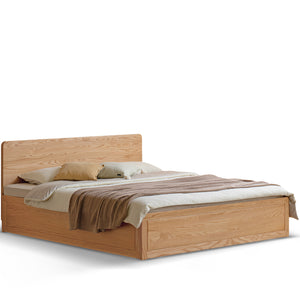
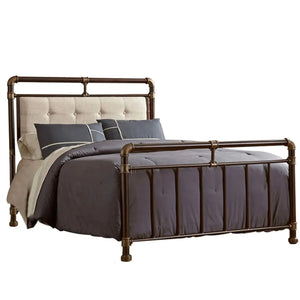
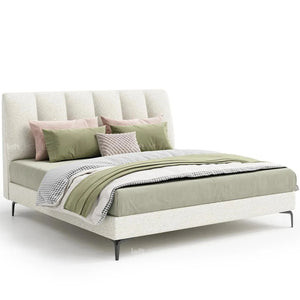
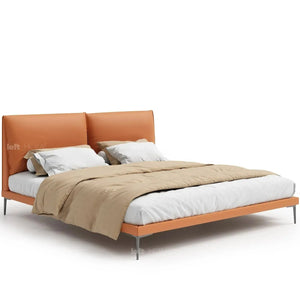
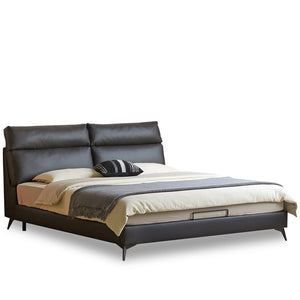
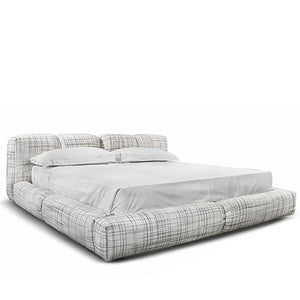

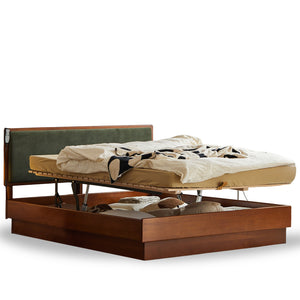
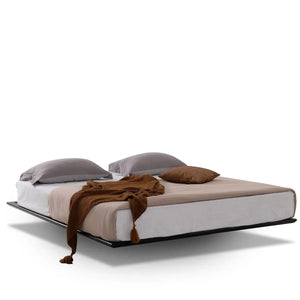
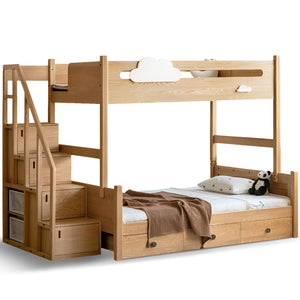
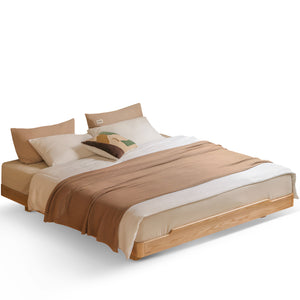

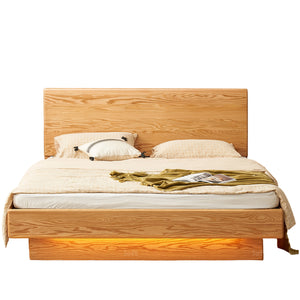

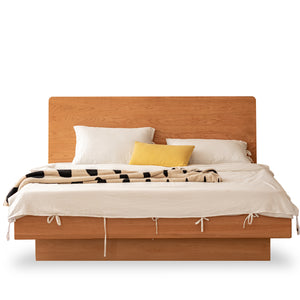
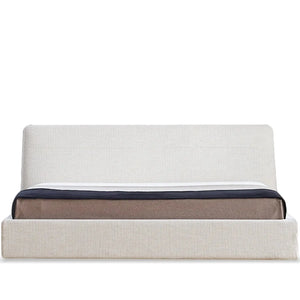


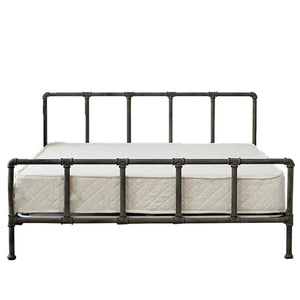
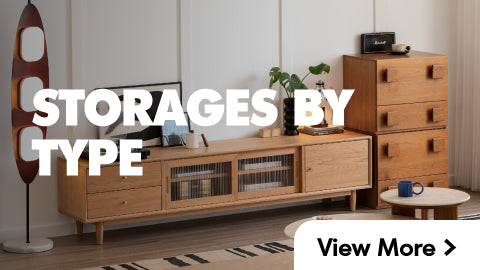
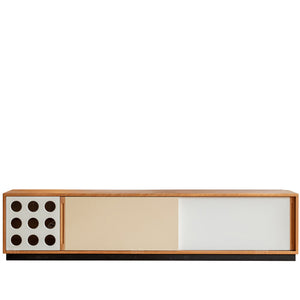

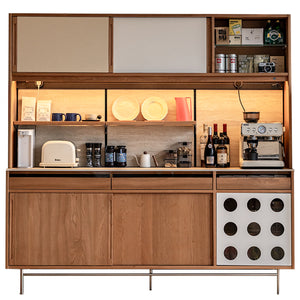
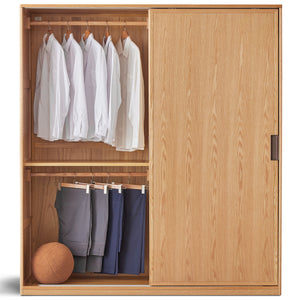
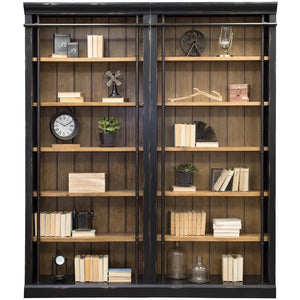
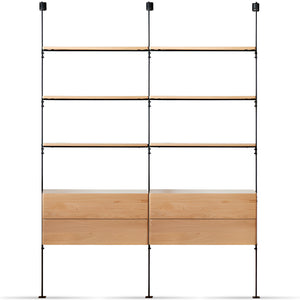
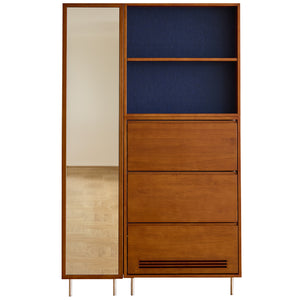
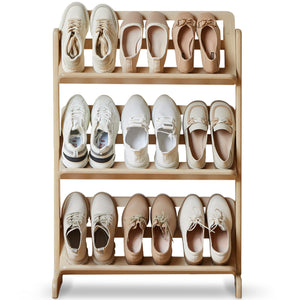
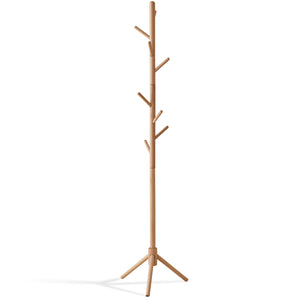

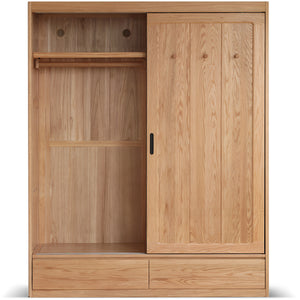
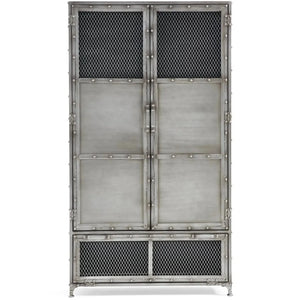
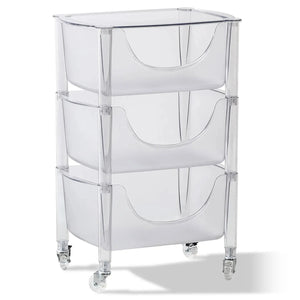

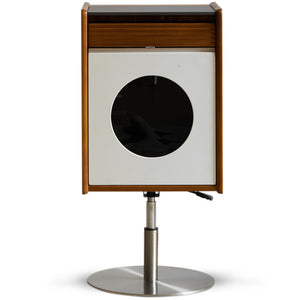
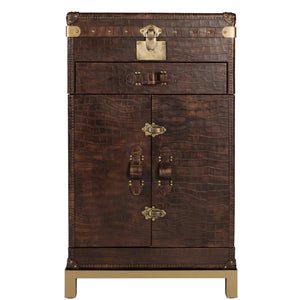
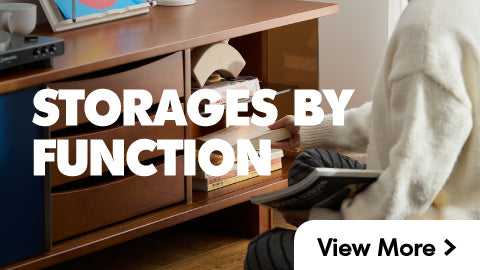

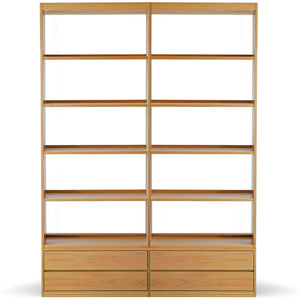
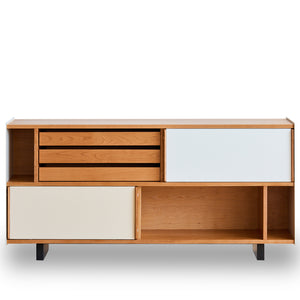
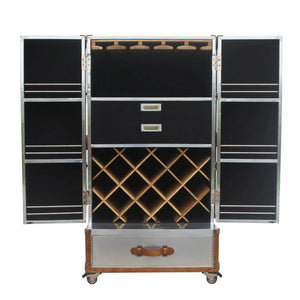
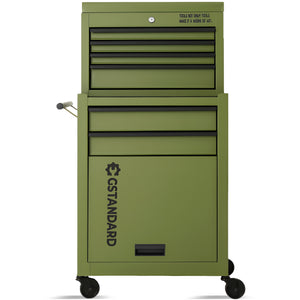
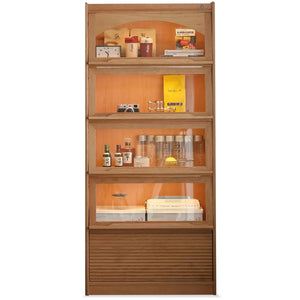
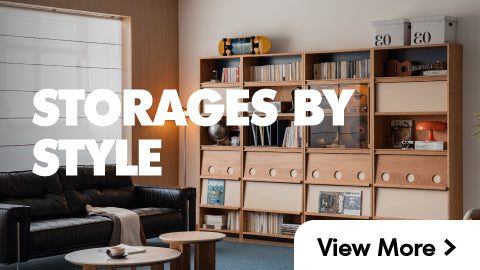
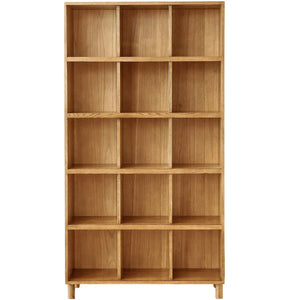
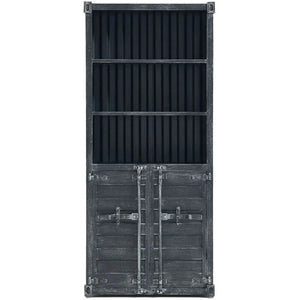
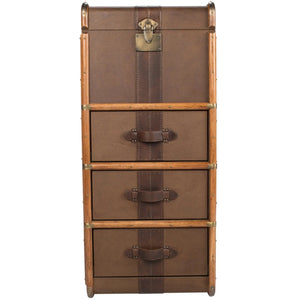
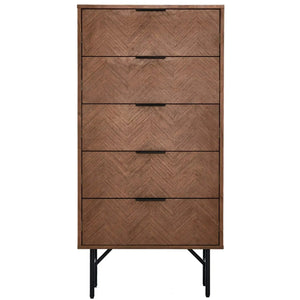
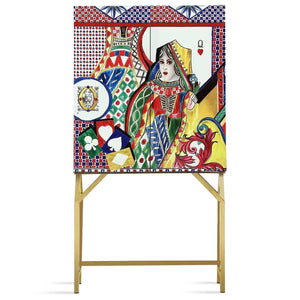
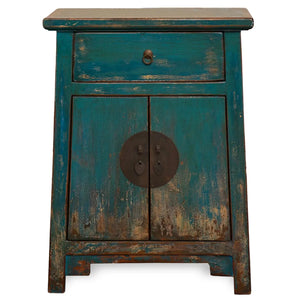


























































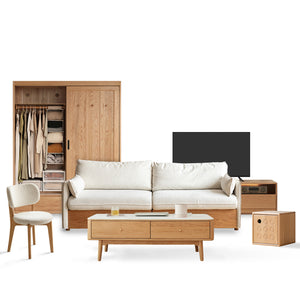
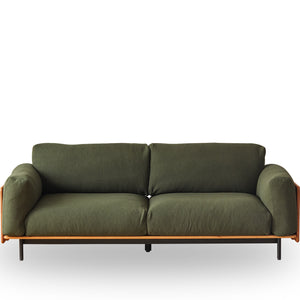
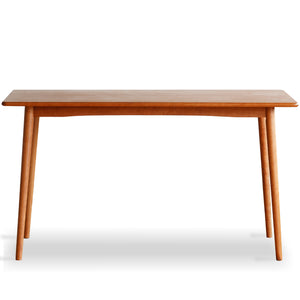
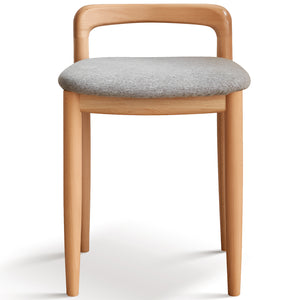
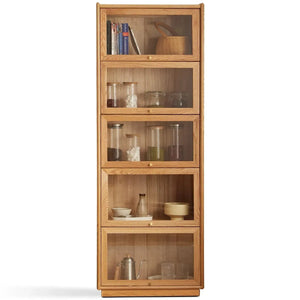
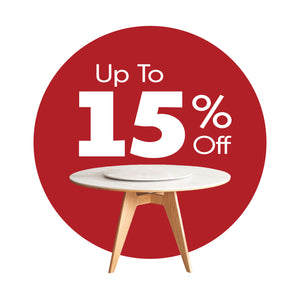

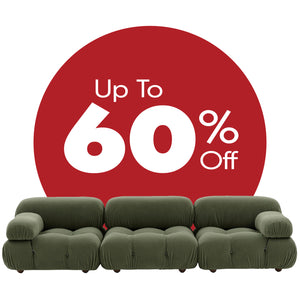
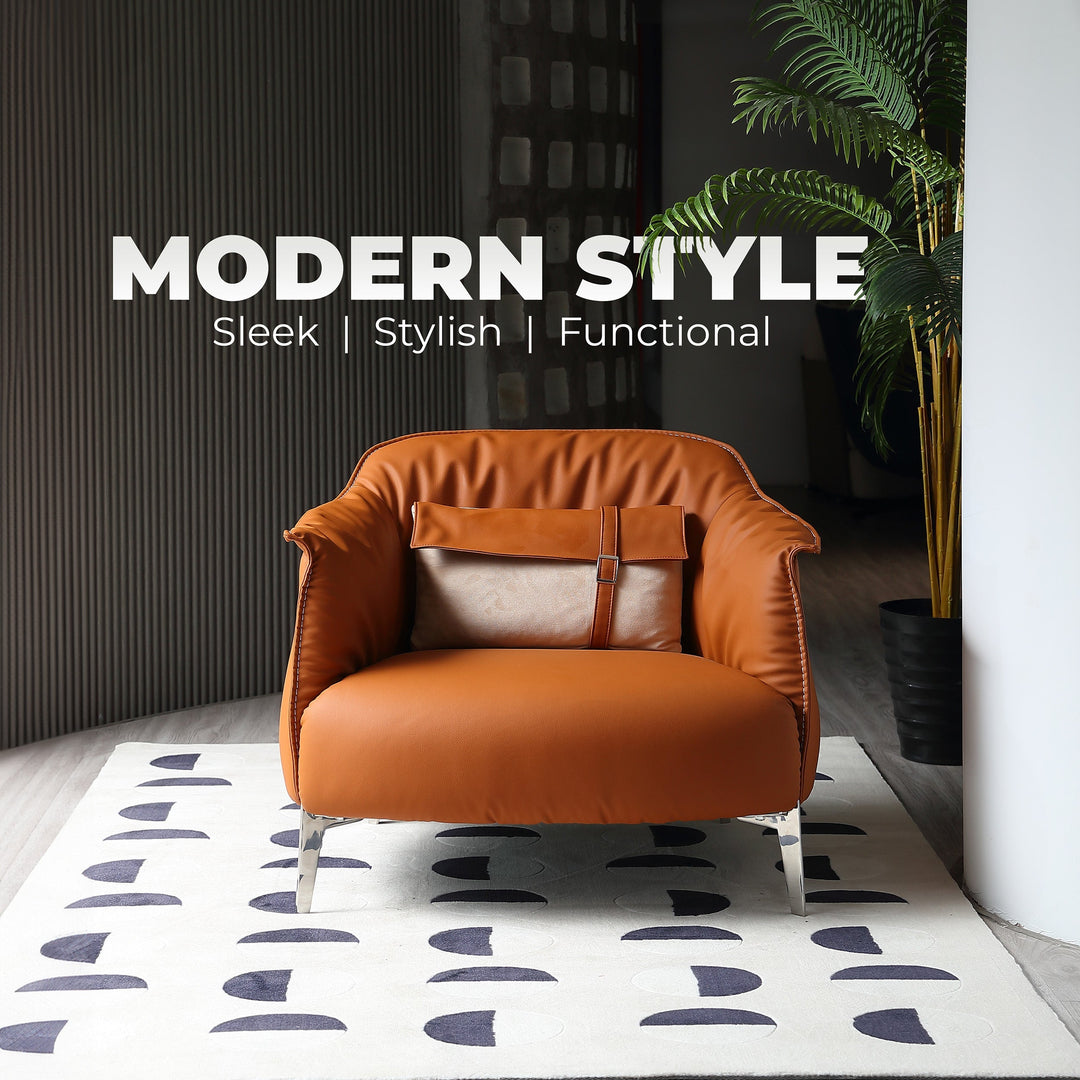
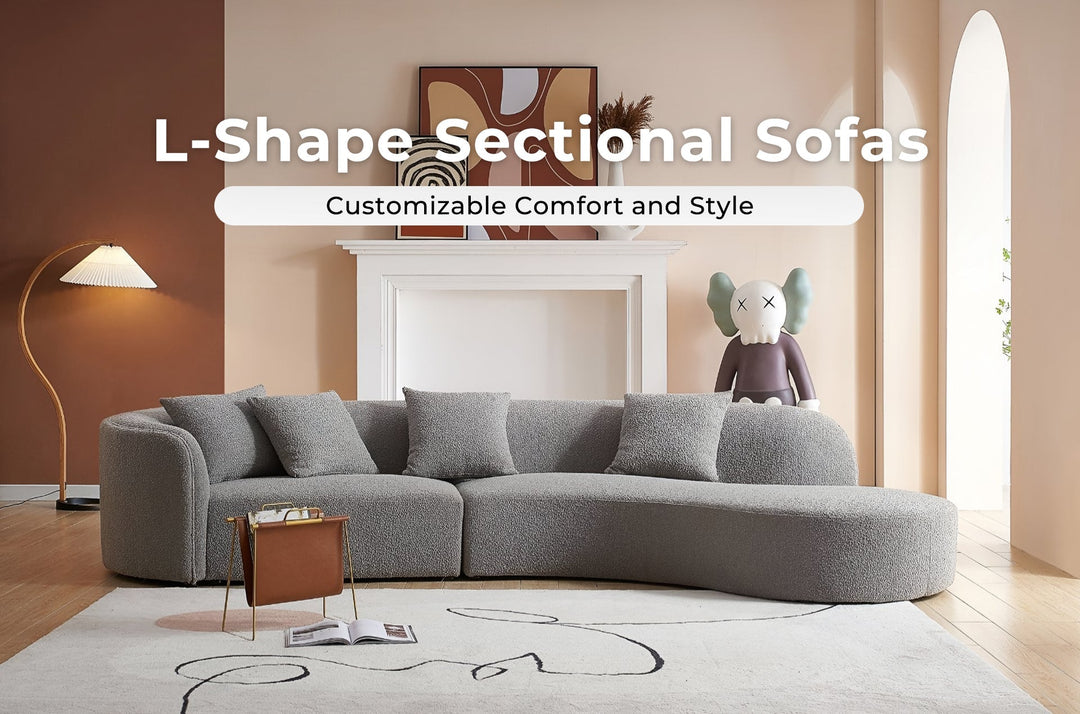

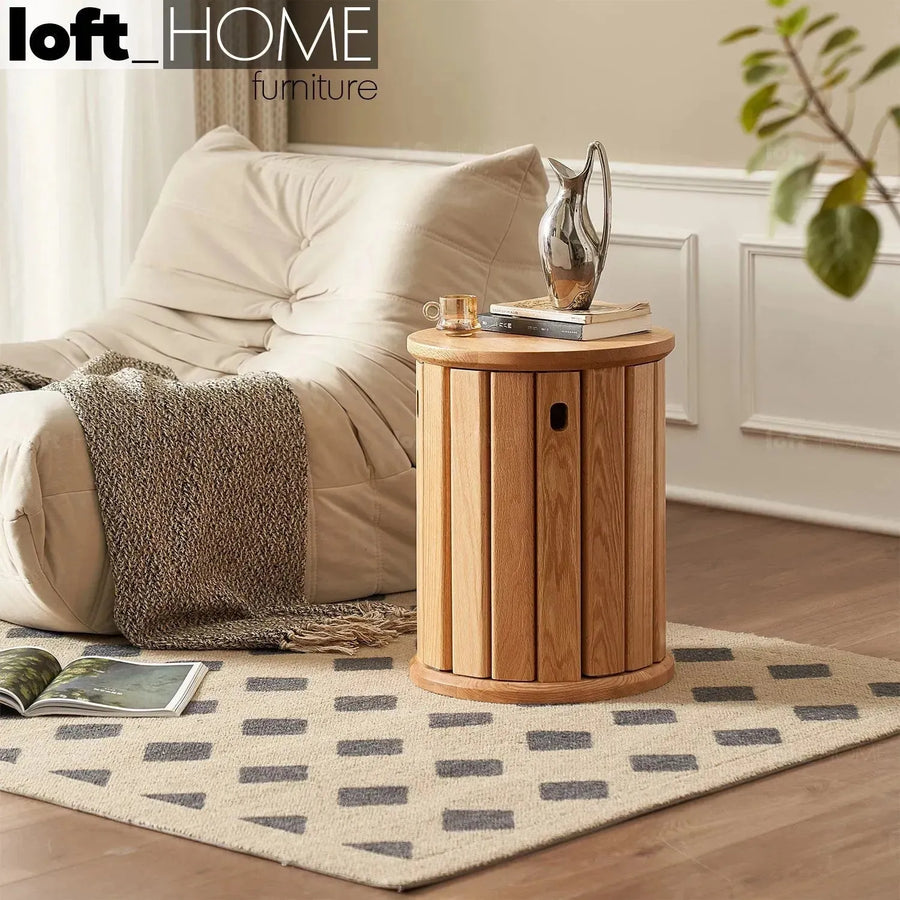
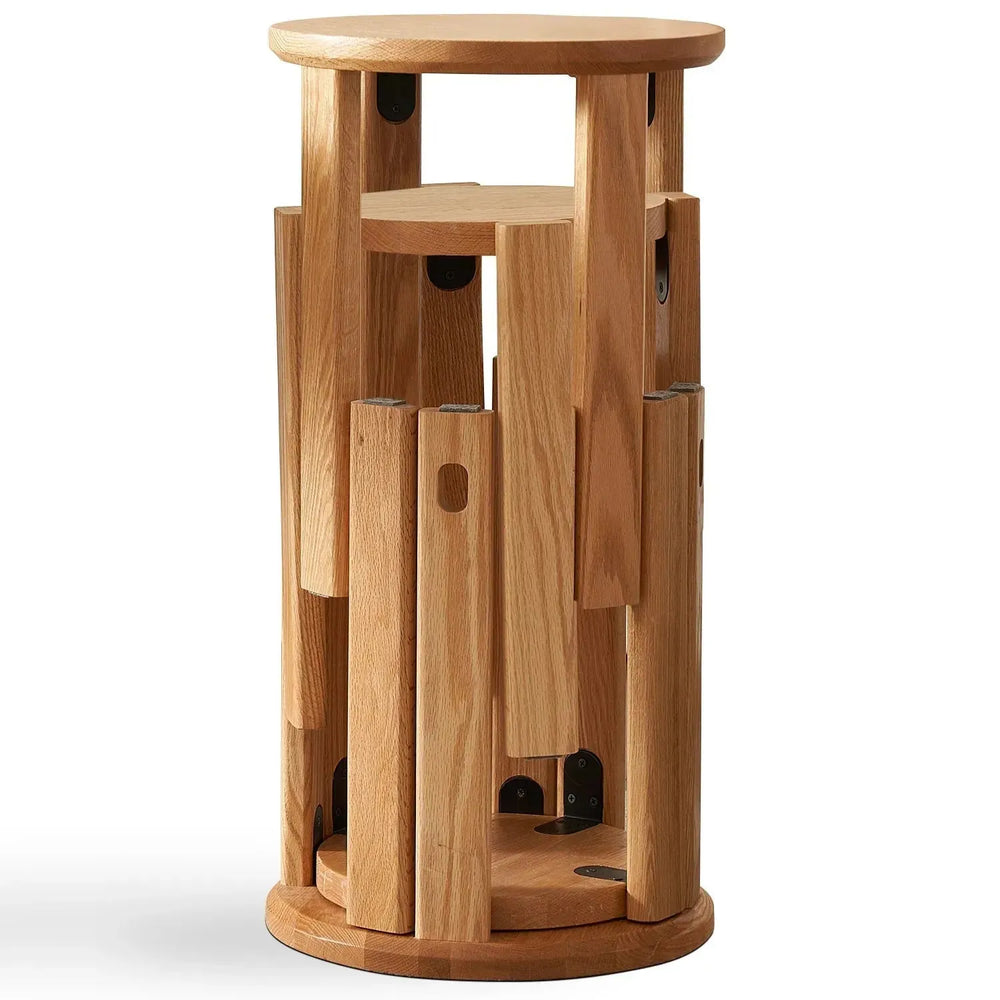



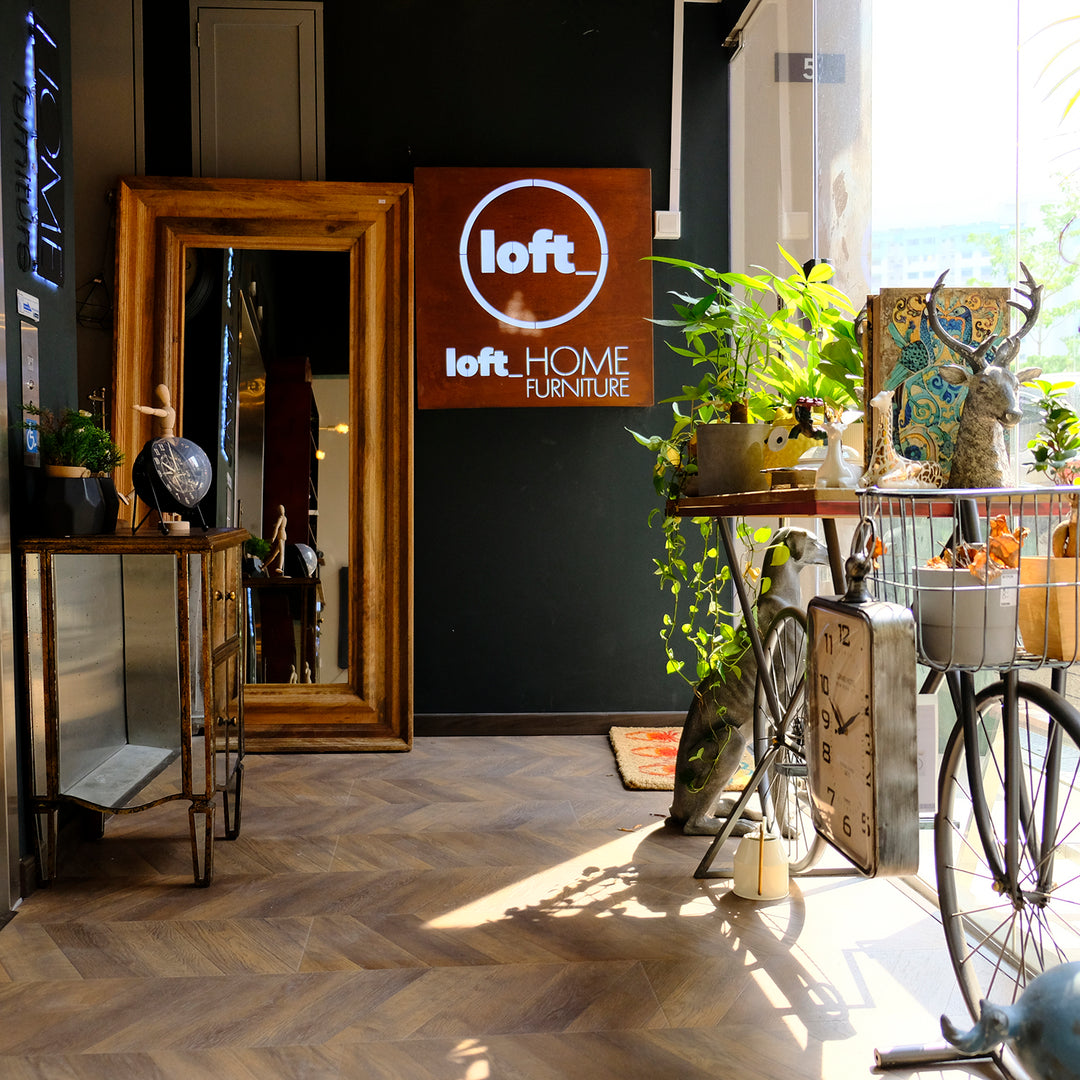
Leave a comment